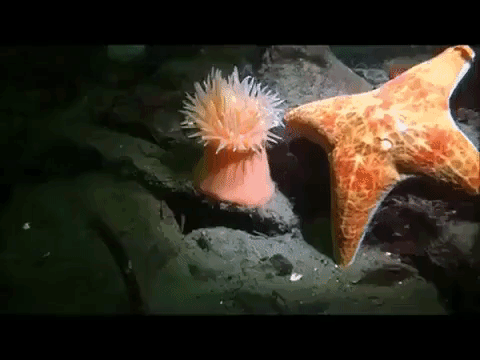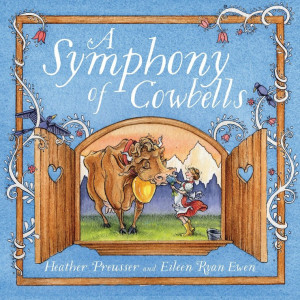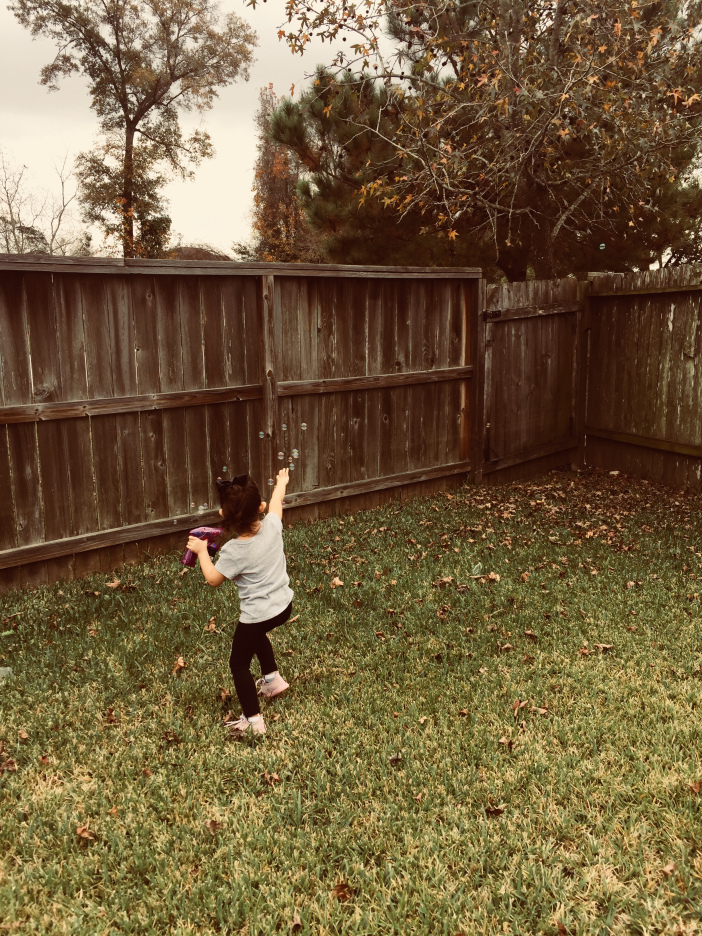
The Vigeland monolith in Oslo (source).
I previously borrowed a phrase from the biologist Robert Sapolsky, who once referred to humans as “tragically confused” in terms of the way we mate. As he put it, we’re not quite a classically monogamous species, but neither are we a winner-take-all polygamous species. Instead, we seem to be a little from column A and a little from column B (and maybe something from columns C and D too). I’ve been trying to think of a way to explain why I think “tragically confused” is an apt description, where some of that confusion originates, and what are some of the potential pitfalls when thinking of human mating patterns. Analogies are imperfect, as some information is always lost in the transfer between concepts, so forgive me if this falls short. And it’s a sports analogy too, but bear with me; I’ll keep it brief.
During the first year I played Little League baseball as a kid, one of the coaches told us that when we played defense we should be ready to field the ball at all times (or at least, be ready to get out of the way or knock the ball down to defend yourself). A hard-hit baseball can really hurt, especially for a young kid who has stopped paying attention because they became distracted by the flock of geese flying overhead (true story). Anyway, he taught us that the best defensive position was to have your glove ready and stand crouched while facing the batter, with our toes pointed slightly inward, or “pigeon-toed.” That may not be textbook coaching, but he explained that by having both feet pointed inward we could quickly pivot and “push off” to our left or right, reacting to where the ball was hit. For whatever reason, I’ve remembered that for more than thirty years. The lesson stuck.
I think “pigeon-toed” is a decent metaphor for much of human behavior, including our sexuality. We are a highly adaptable species, capable of moving in a range of directions by reacting to, and in turn modifying, the world around us. That flexibility is one of our species’ greatest assets – along with other genetic and physiological adaptations – in that it allows us to live on every continent and adjust to a range of social and ecological conditions.
Of course, behavioral flexibility is not unique to humans. The very essence of behavior is that it allows organisms to respond to circumstances, whether it be plants growing towards sunlight or water, anemones swimming away from predators, enormous herds of wildebeest migrating in search of land to graze, or chimpanzees sizing up the complex political situation within their troop.

An anemone escaping a starfish. Flexibility – the ability to respond to circumstances – is the hallmark of behavior, even for anemones.
This is pretty basic stuff. However, when thinking about sexual behavior, it may help to stop and remind ourselves that evolution did not design organisms to be static things, or genetically determined automatons. One of the potential pitfalls when describing a species’ behavior, particularly for a general audience, is the temptation to use single-word descriptions. For example, among our hominoid relatives, gorillas are said to be polygynous, gibbons are monogamous, and chimpanzees are polygynandrous (or multimale/multifemale). Certainly, behavioral patterns exist, and these are very reasonable assessments of these species’ mating patterns, but one word cannot be all-encompassing.
This matters because, although we like to think categorically, behaviors are complex, variable, and dynamic. Rigid definitions usually mean that some complexity must be shaved off in order to fit into a discrete category more cleanly. The problem is not that the above labels have no merit; it’s that they have a tendency to overshadow the variation that exists within a species. It’s also true that our vocabulary helps shape the way we think about a given species, especially for ourselves.
Several respected researchers have suggested that human mating patterns do not fit into a single category, and that the best fit for our species is a combination of monogamy and polygyny (Dixson 2009; Gray and Garcia, 2013; Opie et al 2013). That is, some aspects of our evolved biology and behavior are more consistent with monogamous species (ex. the neurobiology of romantic love and pair-bonding), while other traits hint at polygyny (ex. slight sexual dimorphism, the fact that many cultures allow men to have more than one wife). Peter Gray and Justin Garcia specified this categorization a bit further, arguing that our biology is “consistent with slight polygyny/ mostly monogamy” (p. 142, emphases not in original), adding that “slight polygyny has been stamped into our human form” (p. 38). Elsewhere, in another paper about casual sex and so-called sexual “hookups,” Garcia et al. (2012) referred to “the biological centrality of the pair-bond” to describe human mating behavior, indicating how important this type of relationship is for our species. Our ability to fall in love and form strong pair-bonds does not negate that casual sex and other types of sexual relationships exist. Instead, it is merely a reminder that where there is a center, there is also a periphery.
Others have suggested that the framing of the evolution of human sexuality has traditionally been somewhat male-centric, and that a fuller appreciation of the wide array of human mating practices is needed. For example, Katherine Starkweather and Raymond Hames (2012) found 53 societies in the ethnographic record that allowed a woman to take more than one husband (i.e., polyandry), indicating that this practice was not as rare as once believed. This raises the question: how common does polyandry have to be in order to consider it a part of the human mating repertoire? On that note, Sarah Hrdy (2000) questioned how “natural” single-male mating systems (monogamy, polygyny) were for female primates on the whole, asking where polyandrous mating might fit into things:
“The existence of one-male mating systems does not prove that females “naturally” gravitate to them. Typically monandrous (copulating with just one partner) mating systems are maintained by one male excluding rivals or by other circumstances that distort female options. As with many other animals, primate females (including women) can benefit reproductively from polyandrous matings. Understanding this takes us beyond narrow research programs intent on demonstrating “universal” differences between the sexes, and allows us to study females as flexible and opportunistic individuals who confront recurring reproductive dilemmas and tradeoffs within a world of shifting options.” (2000: 75)
I think this is another place we can get tripped up when describing human mating patterns. It’s another reminder how important it is to acknowledge the range of behaviors that exist, while resisting overly simplistic categorizations. There are many acknowledgements of this mating plurality in the cultural ether, in addition to Sapolsky’s description of humans as being “tragically confused.” Perhaps the most famous example comes from the advice columnist and author Dan Savage, who coined the term “monogamish” to describe his own married life, but also people generally. In an interview with “Big Think,” the primatologist and psychologist Laurie Santos called humans “a funny puzzle,” sort of pair-bonded, but sometimes with a tendency to seek out multiple partners (for both men and women). Wednesday Martin, author of the book “Primates of Park Avenue,” wrote about “female flexuality,” adding that “we have yet to wrap our minds around how much female sexuality has to do with context.” Similarly, anthropologist Greg Downey described human sexuality as “flexible, even contradictory.” Chris Ryan, one of the authors of the book “Sex at Dawn,” referred to humans as “sexual omnivores,” given the range of sexual practices in cultures around the world. And so on, and so on.
These thinkers all come from slightly different perspectives. What they have in common is that they suggest that our species is not so easy to pin down, or at least not with a single label. We are complex. Ryan’s phrase “sexual omnivores” provides us with yet another useful analogy (uh-oh, not another one). Perhaps asking what “the” human mating pattern is, is something like asking what “the” human diet is.
As true omnivores (in the dietary sense), humans can eat organisms from nearly every branch of life – plants, animals, fungi, bacteria, algae, etc. We have species-wide nutritional requirements that are built into our biology (amino acids, fats, carbohydrates, vitamins, minerals, etc.), but the ways that we construct our diets will vary by time, ecology, and culture.
A strength of this diet-versus-mating analogy is that we do not always have our nutritional requirements or our sexual desires at a fully conscious level. Nor did we ever need to be professional dietitians to consume a healthy diet. Instead, we learned what to eat from the generations who came before us. Those diets did not have to be perfect; they just had to be good enough to get the job done. Upon moving to a new area, our ancestors would have made due with whatever foods were available, and by trial and error put together a functional diet that provided a range of nutrients. Again, flexibility is one of our best assets. Likewise, we may have requirements or desires related to our social and sexual relationships – love, companionship, sex, pleasure, self-esteem , etc. – and here too, we may not always have an explanation for our desires at our fingertips.
Humans are undoubtedly evolved organisms, and in that way we are just like every other organism. In terms of our sexual behaviors, evolution has given us biological impulses including sexual desire and romantic love, and these have genetic roots. In turn, individuals learn cultural norms as to the ways those impulses might be appropriately expressed. After all, as the anthropologist Agustin Fuentes wrote, human behavior is not strictly the product of genes or culture, but instead is “naturenurtural” (2012:16). Of course, there is one more step. Individuals do not just passively receive cultural norms; they also construct them. And different cultures, at different times, have come up with various prescriptions to balancing our erotic desires and needs.
Finally, one of the obvious benefits of being a flexible, or “pigeon-toed,” species is the ability to pivot and adjust to diverse diets, or diverse relationship structures: monogamy, polyandry, polygyny, sexual hookups, serial monogamy, non-monogamy, etc. But one of the potential problems with this is that if one foot is pointed at too exaggerated of an angle – to continue with the metaphor – then it can become difficult to walk straight. We may even trip ourselves. This brings us full circle, back to Sapolsky’s portrayal of humans as tragically confused. Our adaptability prepares us to go in a number of directions. But there is also the potential for conflict and confusion if parts of ourselves are going in different directions simultaneously.
References
Dixson A. 2009. Sexual Selection and the Origins of Human Mating Systems. Oxford. Link
Fuentes A. 2012. Race, Monogamy, and Other Lies They Told You: Busting Myths about Human Nature. University of California Press. Link
Garcia JR, Reiber C, Massey SG, Merriwether AM. 2012. Sexual hookup culture: A review. Review of General Psychology. 16(2):161-176. Link
Gray PB, Garcia JR. 2013. Evolution and Human Sexual Behavior. Harvard. Link
Hrdy SB. 2000. The optimal number of fathers: Evolution, demography, and history in the shaping of female mate preferences. Annals of the New York Academy of Sciences. 907: 75–96.Link
Opie C, Atkinson QD, Dunbar RIM, Shultz S. 2013. Male infanticide leads to social monogamy in primates. PNAS 110 (33): 13229-13230. Link
Starkweather, KE Hames R. 2012. A survey of non-classical polyandry. Human Nature 23(2): 149-72. Link
[This essay was modified from one I originally wrote for the Evolution Institute website.]
Share this!





